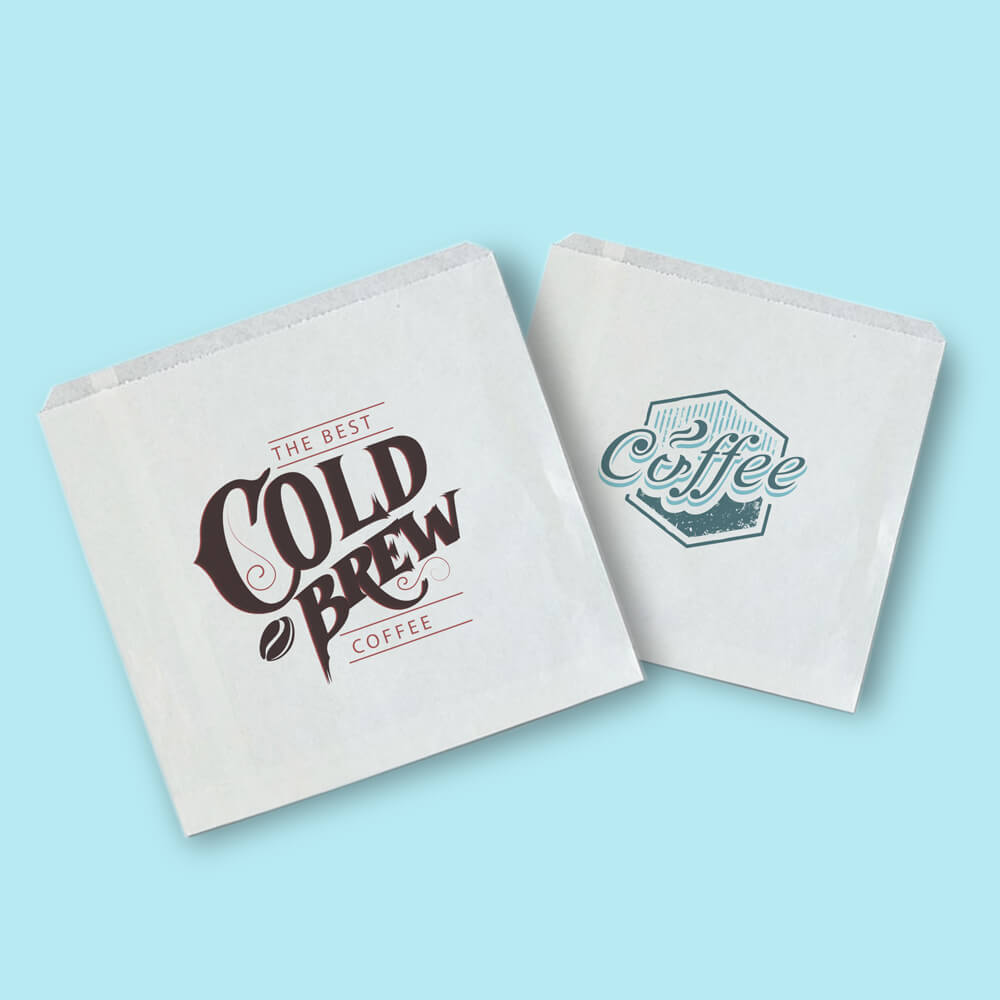The Evolution of Modern Business Cards
In today’s fast-paced business world, the significance of making a memorable first impression cannot be overstated. Enter the modern business card—an essential tool in networking and brand representation. The evolution of business cards reflects the changes in communication styles, technology, and personal branding that have occurred over the years.
Historically, business cards originated in 17th century Europe, where they were used to convey messages of social status and wealth. These cards, known as visiting cards, were often made of high-quality materials and adorned with intricate designs. They served as both an introduction and a means to showcase one's social standing. As time progressed, the purpose of these cards began to shift from aristocratic display to professional networking.
In the 20th century, the scope of business cards expanded significantly. With the rise of new industries and a growing emphasis on corporate identity, businesses began utilizing cards not only for introductions but also as marketing tools. The printing technologies of the time made it easier and more affordable to produce cards in bulk, leading to more standardized designs. However, even then, the common practice was to include essential information—such as name, title, company, and contact details—while maintaining a degree of artistic flair.
modern business cards

Fast forward to the 21st century, and the modern business card has adapted to reflect technological advances and changing societal norms. The importance of design has escalated, as cards are now viewed as an extension of one’s personal and professional identity. Creative designs, unique shapes, and innovative materials—such as metal, wood, or plastic—are now commonplace. Additionally, digital business cards have emerged, enabling professionals to share their contact information seamlessly via smartphones and social media platforms.
Moreover, modern business cards are increasingly incorporating elements of sustainability
. With heightened awareness around environmental issues, many professionals are opting for eco-friendly materials and practices in their card production. Recyclable paper, biodegradable materials, or even the use of digital formats serve as ways to minimize ecological impact, while still maintaining effective networking capabilities.The role of business cards extends beyond mere contact information; they serve as a compact representation of one’s brand. A well-designed card reflects the values and personality of the individual or business it represents, making it essential for fostering connections in competitive industries.
In conclusion, modern business cards have evolved from simple status indicators to vital networking tools that encapsulate personal branding, creativity, and sustainability. As we navigate an increasingly interconnected world, the business card remains a timeless yet transformative element in the realm of professional communication. By understanding its history and embracing its evolution, professionals can leverage this small, yet powerful tool to make lasting impressions and cultivate meaningful relationships.



